What better sound to accompany the rising harvest moon than a combine harvester in the field below the house.
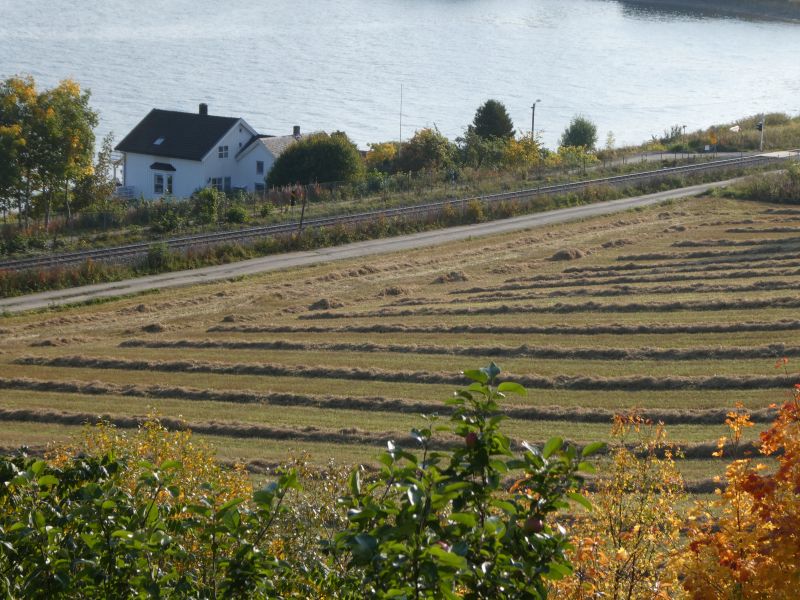

What better sound to accompany the rising harvest moon than a combine harvester in the field below the house.


A year ago I was scheduled to give the Alston lecture at the Atlanta Botanical Gardens. Before the lecture, my host Cornelia Cho showed me round the botanical gardens. I’ve collected a series of pictures of the useful plants we saw (with captions). There’s a large Japanese garden which had many familiar Japanese edimentals and perennial vegetables and the main theme of teh glasshouses was ethnobotany! More can be read about the lecture here:
https://www.edimentals.com/blog/?p=23467
A year ago, on 22nd September 2019, Joe Hollis had invited me to do a walk and talk with him at his Mountain Gardens in North Carolina! Before the event he took me around the woodlands to show me the woodland flora. I made a short video at most of the plants to help me remember what they were. I’ve now put them together into one video (see below). Joe talks briefly about the following plants:
Disporum spp. (trachycarpum?) (medicinal)
Medeola virginiana; Indian cucumberroot
Hosta sieboldiana (self-seeding) (food)
Panax quinquefolius; American ginseng
Prenanthes trifolioliata; Gall of the earth (Food and medicine)
Smilax rotundifolia; common greenbrier (Food and medicine)
Acer spp.; maple
Castanea spp.; chestnut
Sassafras albidum; sassafras (Medicine and beverage/spice)
Cacalia delphinifolia? (Far Eastern edible and medicinal)
After the video is a gallery of photos taken on the same tour. Will post more from the walk and talk later.
This is one of several blog posts about my visit to Joe. See more by searching here: https://www.edimentals.com/blog/?s=joe+hollis
A year ago at Mountain Gardens, Joe was busy preparing for the guests who were to come on our joint walk and talk. Luckily Joe had a well stocked library and I therefore spent time reading in a local flora….not much was in flower this late in the season:
1. Floral List of Black and Craggy Mountains North Carolina (the area of NC in which Mountain Gardens is located in the Southern Appalachians and part of the Blue Ridge Mountains) including the highest mountains in the Eastern US:
…and
2. Flora of Virginia
It’s a year since I arrived at Joe Hollis’ Mountain Gardens in North Carolina. I wrote about it here https://www.edimentals.com/blog/?p=24110 and just added a few additional pictures.
Here are a few additional pictures from his extensive library, Chinese herb pharmacy and seed store which he offers as a resource for anyone wanting to study the useful plants of the world!
Apart from a small resting flock of 5 birds seen resting in the bay in early March 2017 I’ve never seen Canada Geese (Kanadagås) in the bay before this week when a flock of some 60 birds has been feeding on farmland, occasionally resting in the bay as in the video.
…and right past the house:
Nettle-leaved bellflower (Campanula trachelium) has a more southwesterly distribution in Europe than my favourite giant bellflower C. latifolia and replaces the latter species in the south of England, France, Italy, Spain and North Africa and eastwards into West Asia. It has also widely naturalised in northeast North America. Like C. latifolia, it has edible sweetish tasting roots that contain the carbohydrate inulin like Jerusalem artichoke, good for diabetics, but can give flatulence. I suspect, however, that it takes several years to get to a usable size. I’ve been digging over an area of the garden into which Polygonum alpinum (Alpine knotweed) had invaded this week and there were also many self-seeded bellflowers with good sized roots, so I put them to one side to use in a delicious zucchini-bellflower curry which we ate last night!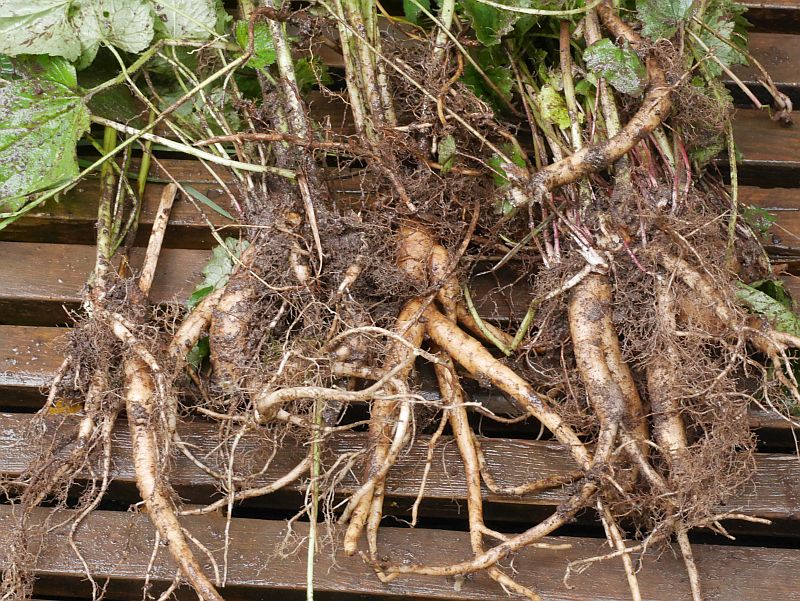
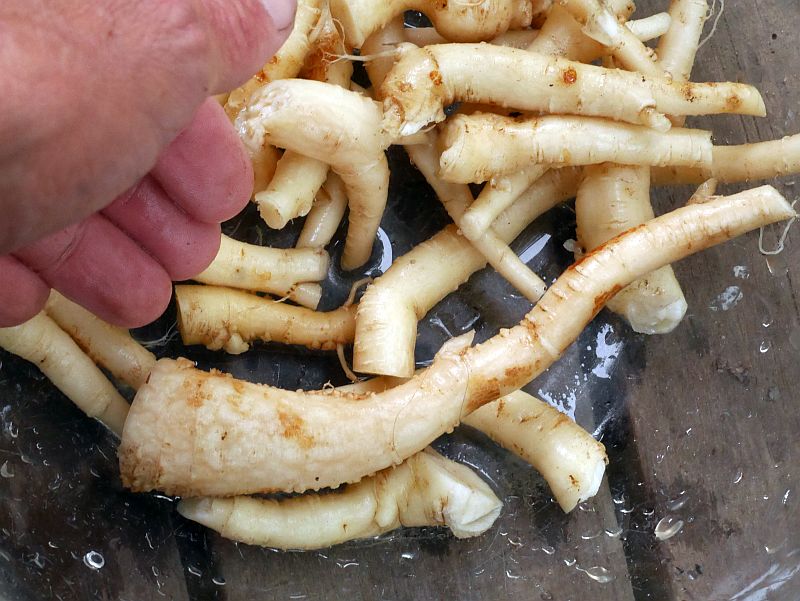
Nettle-leaved bellflower has similar habitat requirements to the giant bellflower, inhabiting open woodlands and hedgerows and grows well in complete shade on the north side of my house amongst the Hostas. It has a preference for alkaline soils and grows well on clay. It is therefore an excellent plant for the forest garden, although given the choice I would prefer the giant bellflower as the spring leaves of trachelium are coarser and hairier and therefore less good in salads, but nevertheless fine finely chopped in mixed salads. It has been used traditionally in Italy in mixed species spring soups such as minestrella (see page 59) and is one of the ingredients in pistic (boiled and fried, see page 59 of my book Around the World in 80 plants).
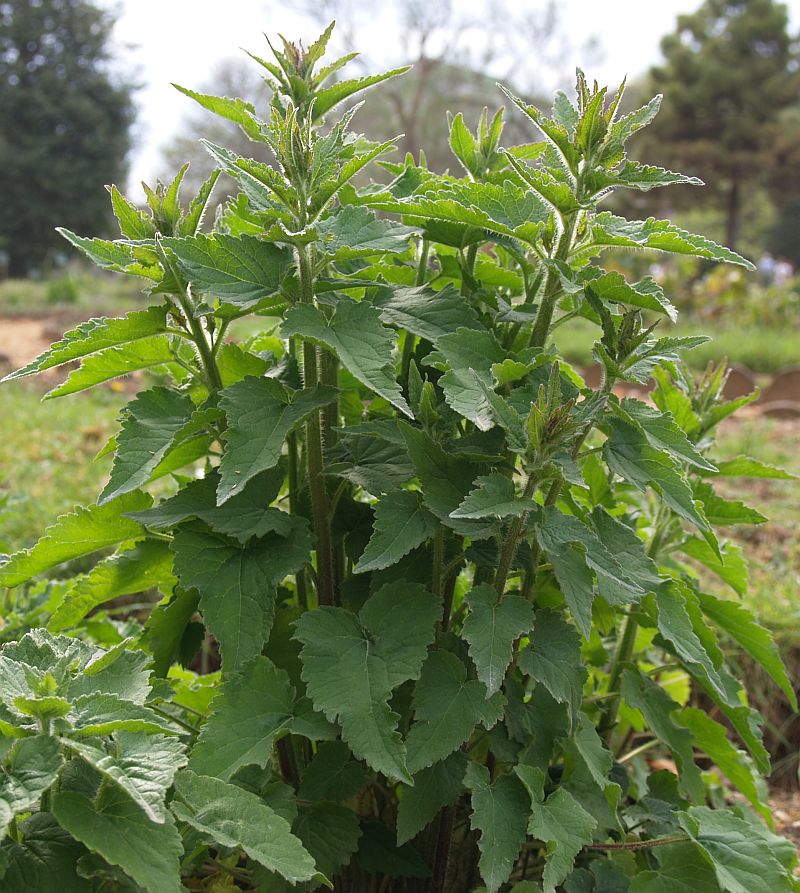
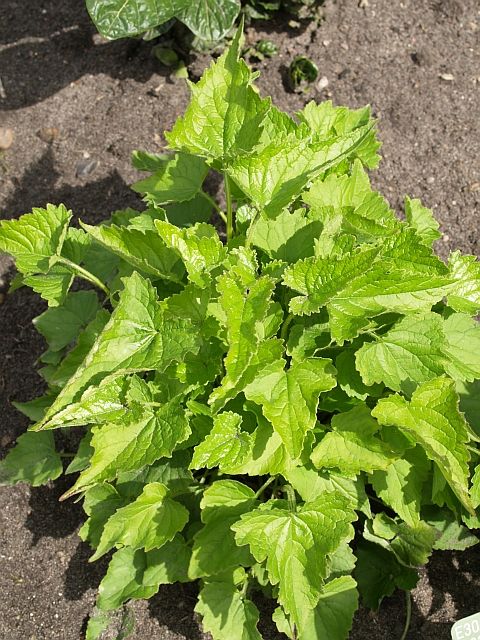
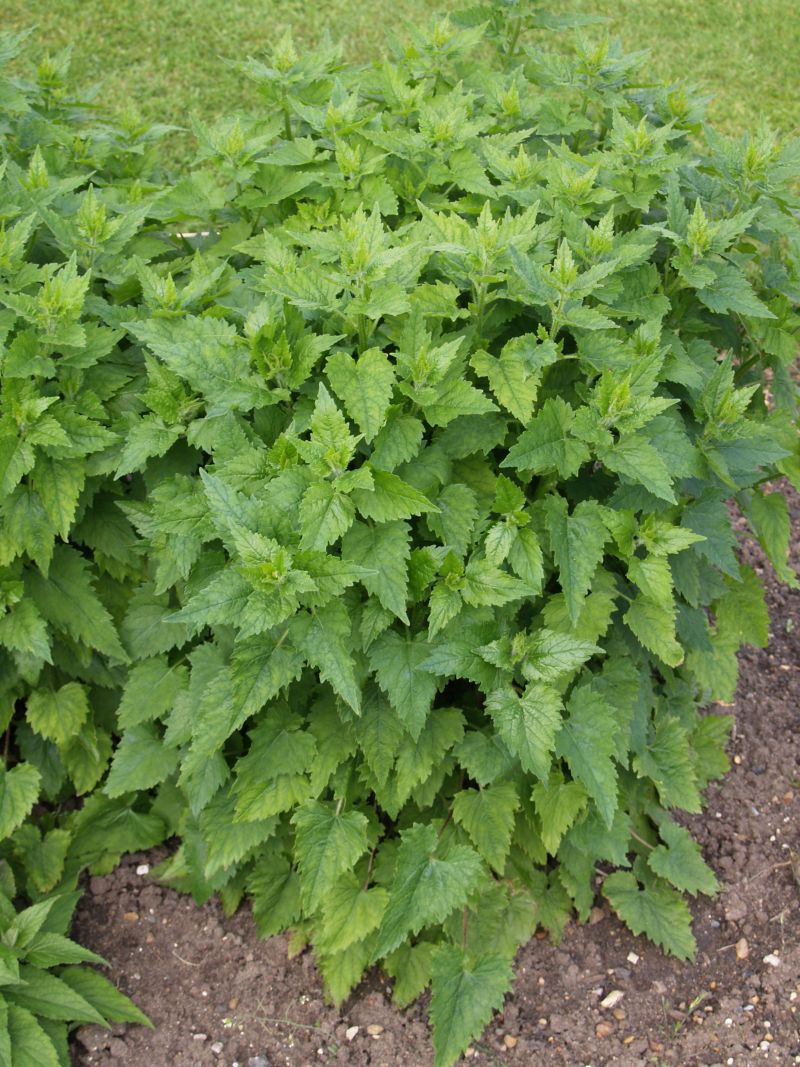
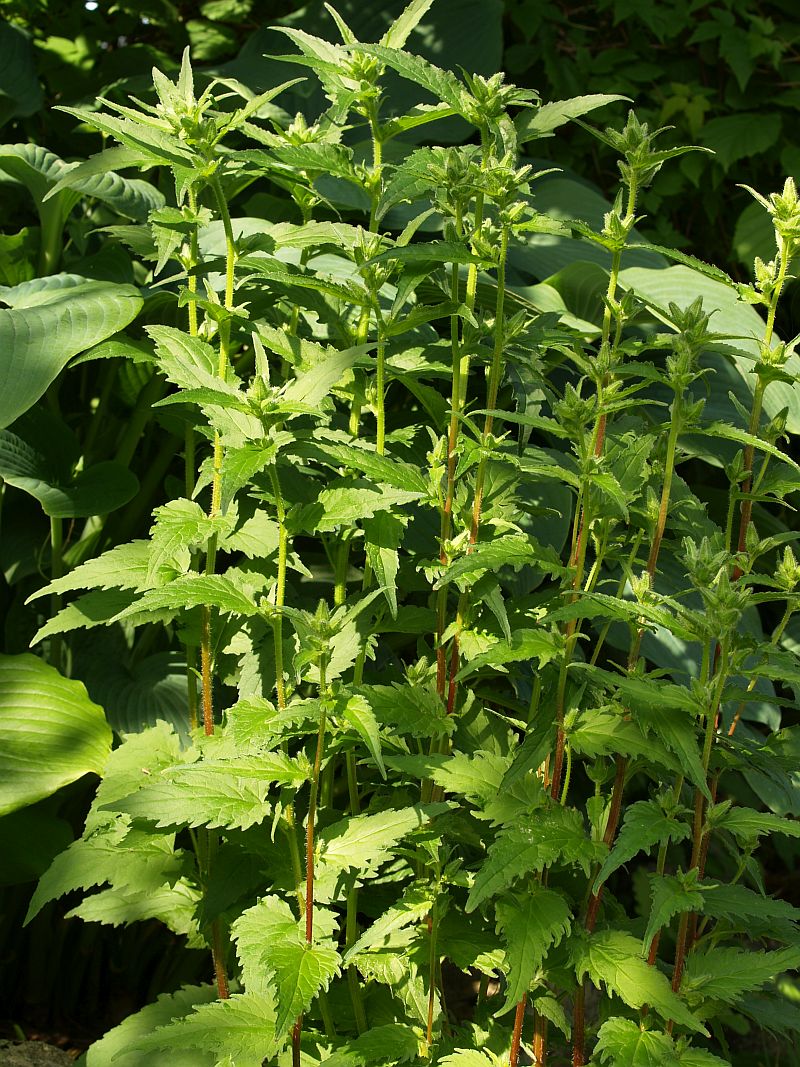
There are a number of ornamental forms available in the trade which you might like to try, including a single-flowered white form (var. alba), which has naturalized in my garden. The double white (‘Alba Flore Pleno’) form and “Snowball” (https://dorsetperennials.co.uk/product/campanula-trachelium-snowball) haven’t come true from seed for me. ‘Bernice’ is another deep purple-blue flowered cultivar.
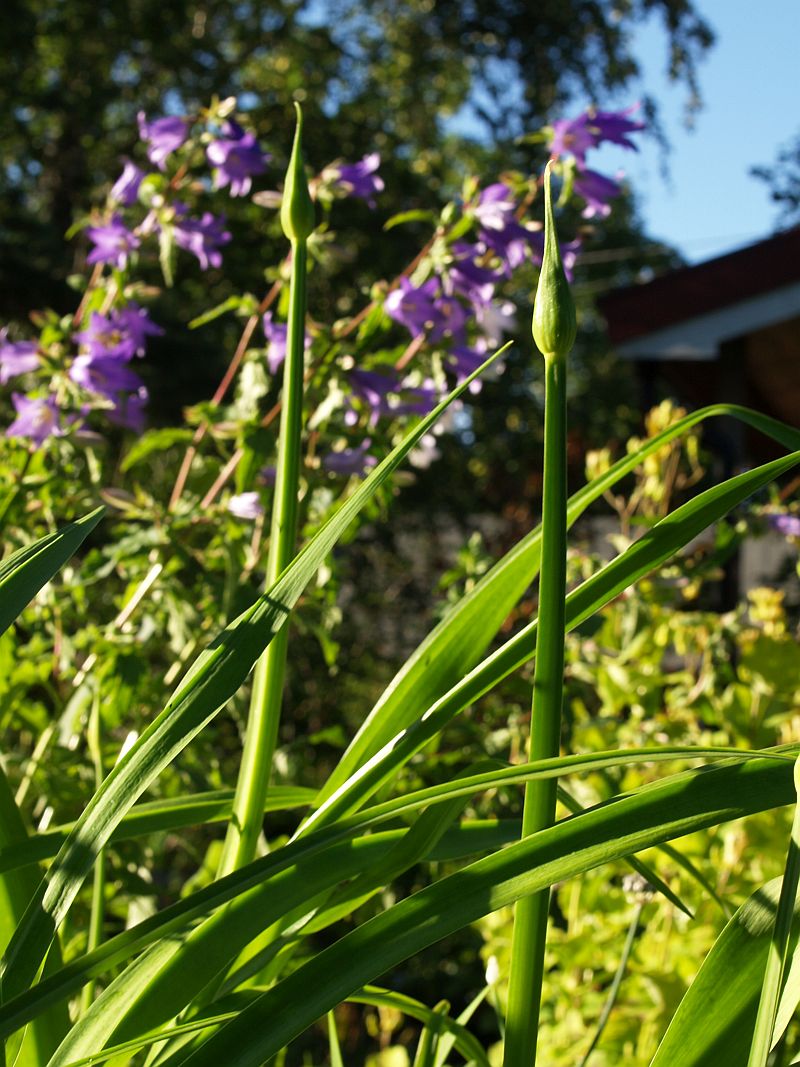
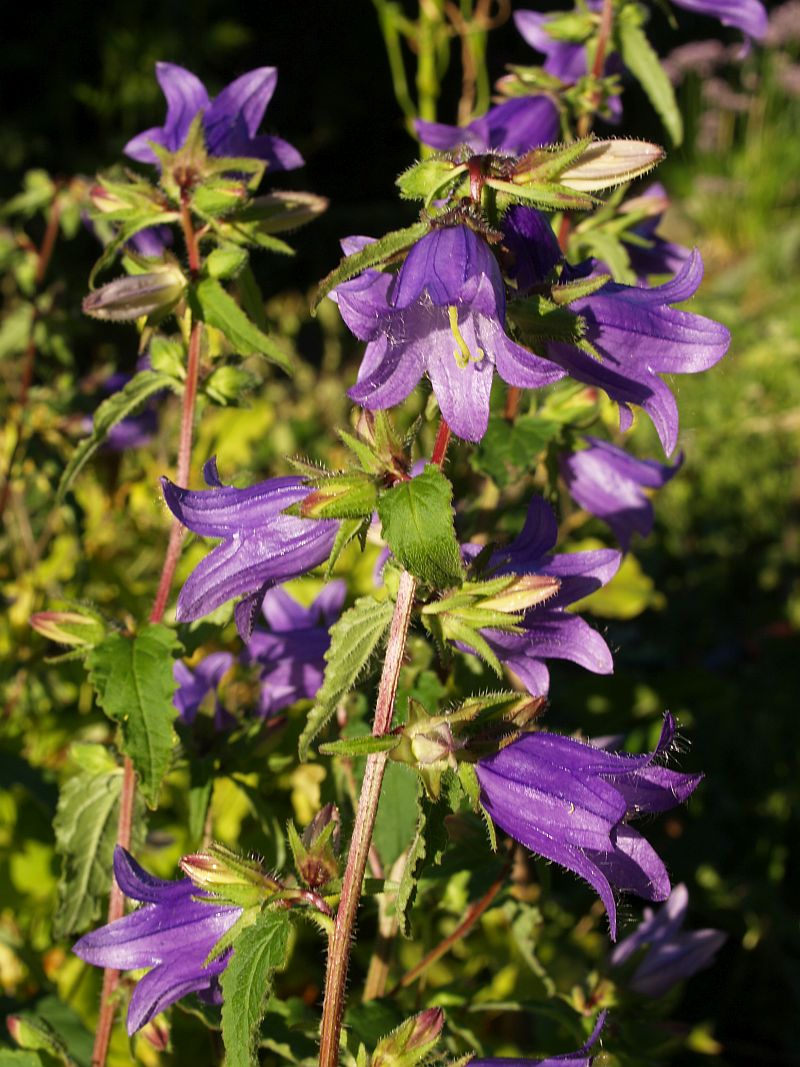
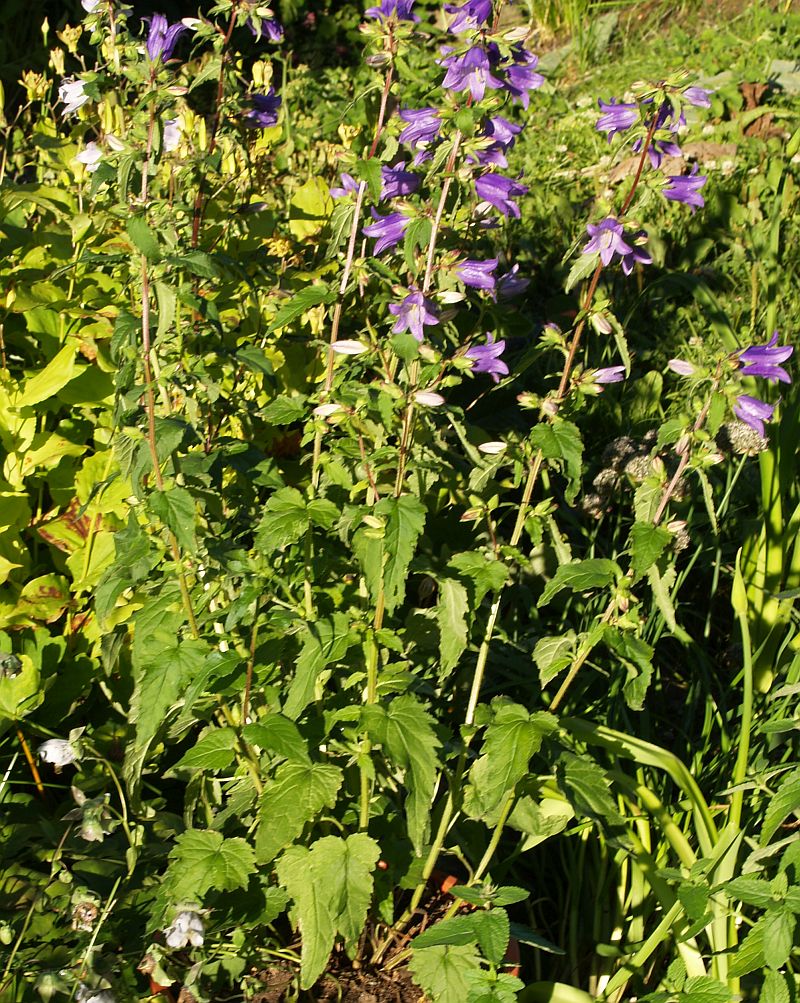

My house was given the name Bergstua by the previous owners, literally meaning house on the rock, a rocky hillside overlooking the fjord. Not a natural place for a pond. I wanted to have a pond somewhere, initially mainly for wildlife, habitat for frogs, drinking water for birds etc.
I eventually chose a small depression in the rock where the previous owners had presumably blasted a hole in order to erect a flagpole. Not being one for flags, I decided to convert this area into a pond and this involved removing both the metal support and concrete base and this took a couple of years of hard work as I also wanted to avoid machines. If it was feasible by hand I would do it by hand, even resisting an electric drill for many years. I used to come home from work and spent half an hour every day hacking at the concrete with a metal digging bar and when that was eventually removed deepening the depression in the shale-like rock (phyllite).
The hedge you can see behind the pond was Cotoneaster lucidus which has non-edible berries that not even birds take until they are desperate. We bought a rubber liner for the pond in the UK on one of our trips to visit family. I initially filled the pond and the boggy marginal areas with wild plants and creatures like water boatmen and frog spawn from lakes in the area, but regretted a few of the introductions like Equisetum fluviatile (swamp horsetail). The frogs never really thrived but a few survived for a few years and one took up residence in our septic tank…
I later gradually converted the pond to an edible pond and the hedge behind was dug out and replaced by a diverse edible/bird friendly hedge including Morus alba, Crataegus, Viburnum edule, Sambucus nigra “Variegata”, Viburnum opulus, Amelanchier “Thiessen”, Rosa spp., Staphylea (bladder nut) and a few others. About 10 years ago, I overhauled the pond, digging out all the soil and replanting from scratch in order to remove all the horsetail and other aggressive plants. Below is a video of my little collection of water and bog plants this week and below the video is list of plants we see:
Featuring the following plants:
Gunnera tinctoria (G. chilensis) is one of the 80 in my book Around the World in 80 plants (ATW80)
Althaea officinalis (Marsh mallow/ legestokkrose)
Allium validum (Swamp onion, Pacific onion) which is also included in ATW80
Caltha leptosepala (Western marsh marigold, White marsh marigold / hvit soleihov)
Darmera peltata (Umbrella plant, indian rhubarb / skjoldsildre)
Lilium canadense ssp michiganense (Canada lily, Michigan lily / Canadalilje)
Saxifraga pensylvanica (Swamp saxifrage) is also in ATW80
Typha angustifolia (Reedmace, bulrush, cattails / smal dunkjevle)
Filipendula ulmaria “Variegata” (Meadowsweet / mjødurt)
Polygonum hydropiper (Water pepper / vasspepper)
Eupatorium cannabinum (Hemp agrimony / hjortetrøst) (for insects and butterflies)
Zizania latifolia (Manchurian wild rice) – not very useful as it’s the swollen stems infected by a fungus which is used.
Lycopus spp.
Apium nodiflorum (Fool’s watercress, European marshwort)
Oenanthe javanica (Water dropwort, seri)
After a 15 year wait, I was finally able to harvest a few mulberries last year, see https://www.edimentals.com/blog/?p=23040
In the winter I was sent 4 cuttings of the variety Illinois Everbearing which everyone raves about! I’m not much of a grafter and in fact I can now report my first success as all 4 are alive! I’d actually given up when I noticed green buds on 3 of them a few weeks ago and then last week I saw the 4th that I had missed that even had berries!
I’m wondering, what chance the ones in bud have in making it through the winter and I should maybe remove the fruit and flowers now appearing on another?